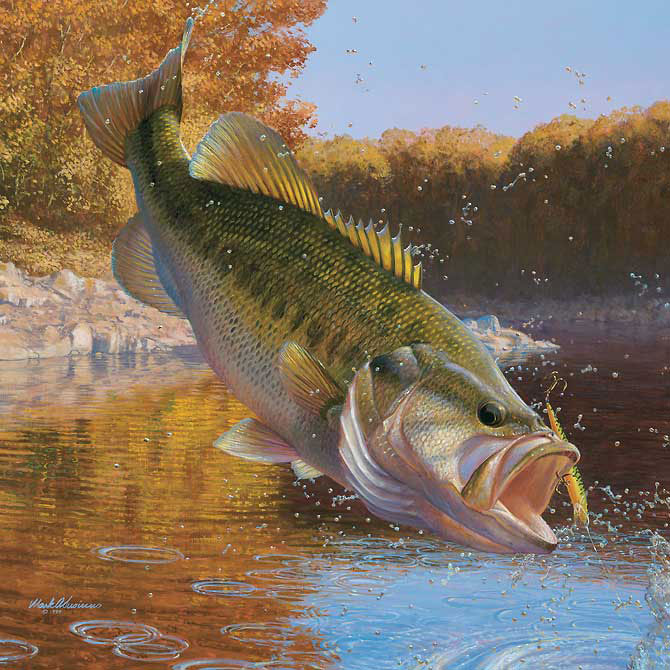
My opinion is that personal experience does matter and that bass may react differently in their natural habitat versus their reaction in a controlled scientific environment.
Bass fishing in the dark professional#
Professional bass fisherman, guides, and other seasoned veterans also provide their own extensive anecdotal “evidence” to support their many contentions that largemouth bass do recognize many colors.Īnglers and, certainly, bait and lure companies would have us believe that color intricacies such as black worms with blue tails or spinnerbaits with white and chartreuse skirts do catch more bass than plain black worms or plain white skirts contrary to the findings of the research and studies. We all possess significant personal experience with colors that we feel work better for bass fishing than others. In other words, bass appear to see through a yellow filter which directly affects their interpretation of color.Īs anglers, we may have a difficult time wrapping our heads around these kinds of scientific studies. If we, as people, were to wear a yellow glasses lens, our color differentiation would be similar to that of a bass. Humans can understand bass vision by imagining (or actually using) a yellow filter.Blue, dark gray and black were not necessarily perceived as distinguishable by bass.Bass had the hardest time responding to green and blue.It seems that red is the color that bass most readily respond to.They understand that red and green are different from other colors. Bass CAN identify red and green and see them as distinct colors.Bass also do not detect a major difference between blue and black.Bass do not seem to be able to adequately distinguish between white and colors like chartreuse yellow.

Several key takeaways can be inferred from the research projects.


Do Bass Actually See Color? your local tackle store or browse online and you’ll, no doubt, find an overwhelming number of colors, most of which are “special” colors or combinations of colors. Take the stress away by following these simple steps for choosing the right color. Choosing the WRONG color could significantly hurt your chances of catching fish. Add in color to the mix and it’s enough to make you a bit crazy at times. Lure and bait selection can be a daunting task. In clear water or sunny conditions, the best colors are ones that seem more natural whereas dark water or cloudy conditions call for darker colors that create contrast underwater and are more visible to bass. In general, the best color for bass fishing depends on water clarity and cloud cover. So, I decided to put together a quick guide to summarize the most important factors for choosing bass bait colors. When it’s time to hit the water for some bass fishing, my prep time includes many decisions including choosing the best color lure for bass given the conditions which can sometimes feel overwhelming.


 0 kommentar(er)
0 kommentar(er)
